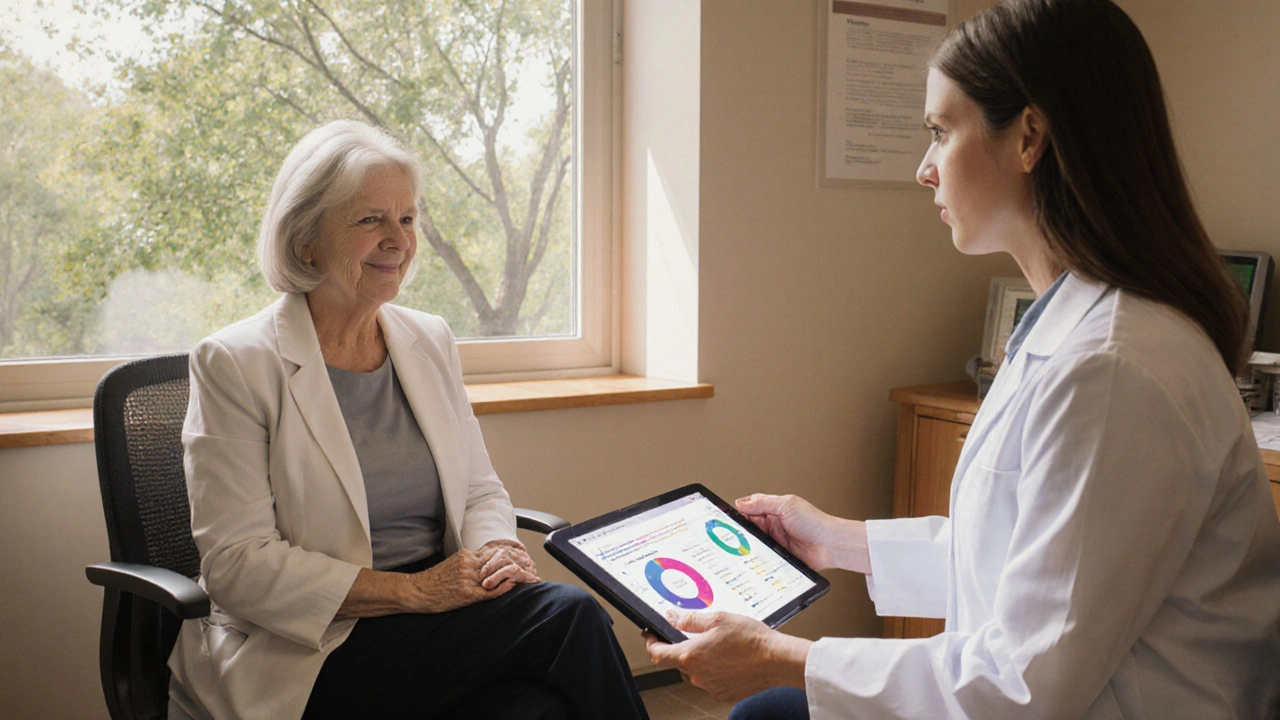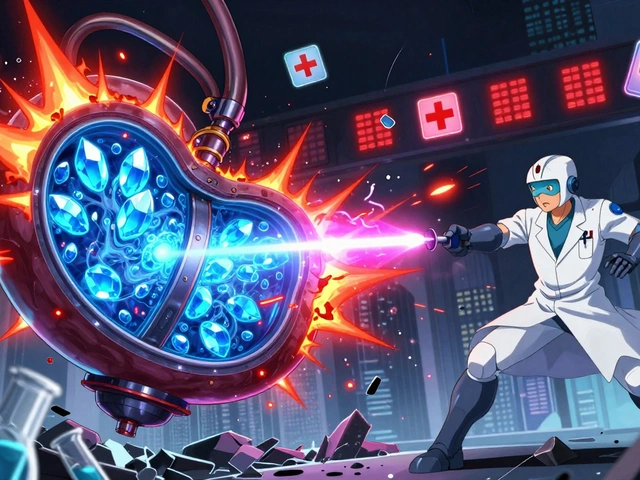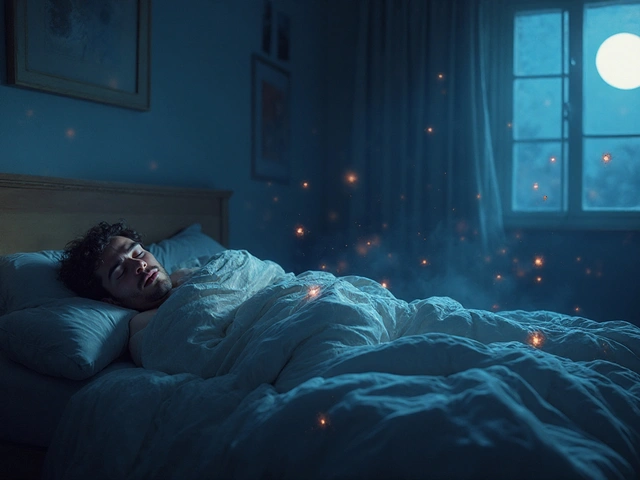Menopause Bladder: What Changes and How to Manage Them
When dealing with menopause bladder, the set of urinary changes that happen during and after menopause. Also known as postmenopausal bladder issues, it often shows up as unexpected leaks, urgency, or a feeling that the bladder never fully empties. These symptoms aren’t random; they stem from the body’s shift in hormone levels and the way the pelvic floor muscles respond. Another common companion is urinary incontinence, unintended urine leakage that can range from occasional dribbles to frequent accidents. Finally, the strength and coordination of the pelvic floor muscles, the group of muscles that support the bladder, uterus, and bowels, play a huge role in keeping control.
Key Factors Behind Menopause‑Related Bladder Changes
First, estrogen drops. Estrogen helps keep the lining of the urethra moist and elastic. When levels fall, that lining thins, making the urethra less able to close tightly, which fuels leakage. Second, the pelvic floor can lose tone simply because the muscles receive less hormonal support. Third, many women notice an increase in nighttime trips to the bathroom—called nocturia—because the kidneys filter more fluid at night when estrogen is low. Each of these factors links back to the central idea that menopause bladder challenges are multi‑layered, not just a single symptom.
Understanding the relationship between these pieces helps you pick the right tools. For instance, if estrogen loss is the main driver, low‑dose vaginal estrogen creams or rings can restore tissue moisture without affecting the whole body. If muscle weakness is more prominent, targeted pelvic floor exercises—often called Kegels—can rebuild strength. Some women benefit from a combination: hormonal support plus a regular exercise routine.
Diet also matters. Caffeine, alcohol, and spicy foods can irritate the bladder lining, amplifying urgency. Staying hydrated is still crucial, but spreading fluid intake throughout the day and limiting drinks before bed can curb nighttime trips. Fiber keeps bowel movements smooth, which reduces pressure on the bladder and pelvic floor.
Another piece of the puzzle is bladder training. Setting timed bathroom visits—say, every two hours—teaches the bladder to hold more urine before signaling the brain. Over time this can increase capacity and lower the urge to run for the restroom at the slightest hint of pressure. Combine training with breathing techniques to relax the pelvic floor during voiding, and you’ll notice fewer leaks during coughs or sneezes.
Medical options exist beyond hormones and exercises. Anticholinergic pills can calm an overactive bladder, while topical agents like lidocaine gels numb the urethra to reduce urgency. For severe cases, a sling procedure reinforces the urethra mechanically. All these treatments aim at the same goal: restore confidence and comfort.
Lastly, don’t overlook the emotional side. Sudden leaks can feel embarrassing, but many women share the same experience. Support groups—online or in‑person—offer practical tips and a reminder that you’re not alone. When you combine medical guidance, lifestyle tweaks, and community support, the menopause bladder journey becomes manageable rather than overwhelming.
Below you’ll find a handpicked collection of articles that dive deeper into each of these areas—hormone therapy options, pelvic floor routines, diet tweaks, and the latest medical advances. Browse through to find the strategies that match your needs and start taking control of your bladder health today.




